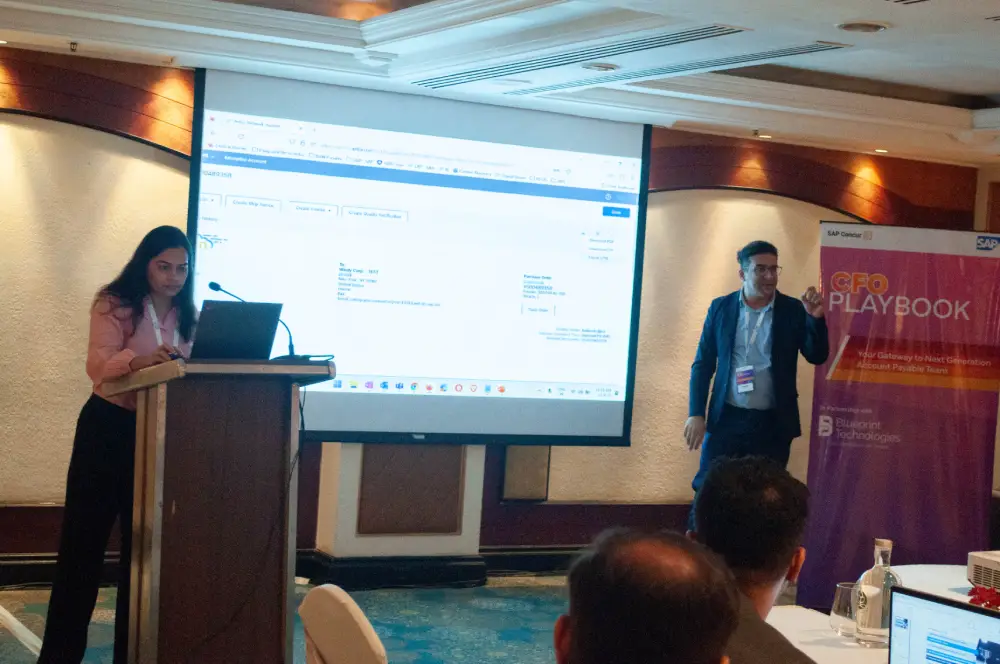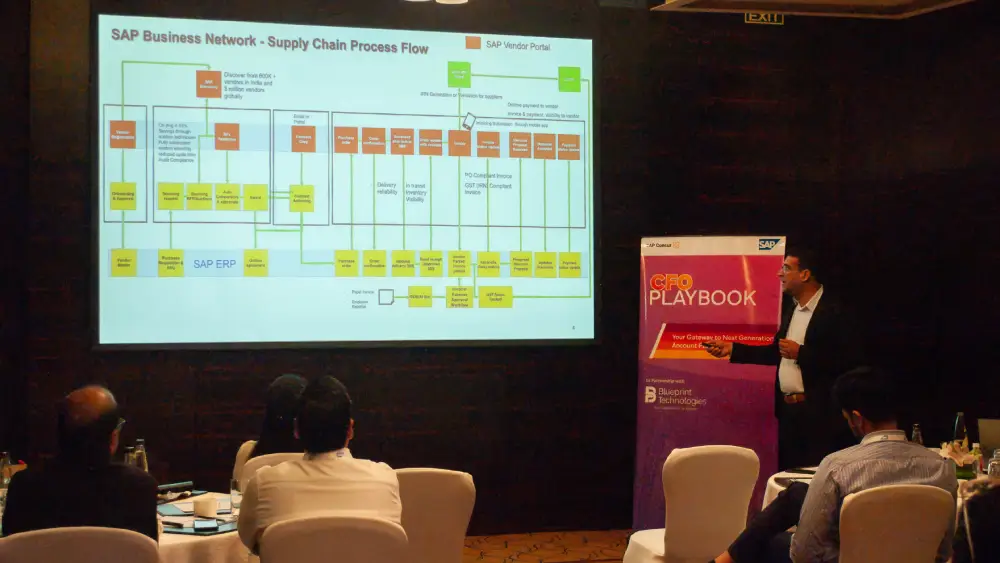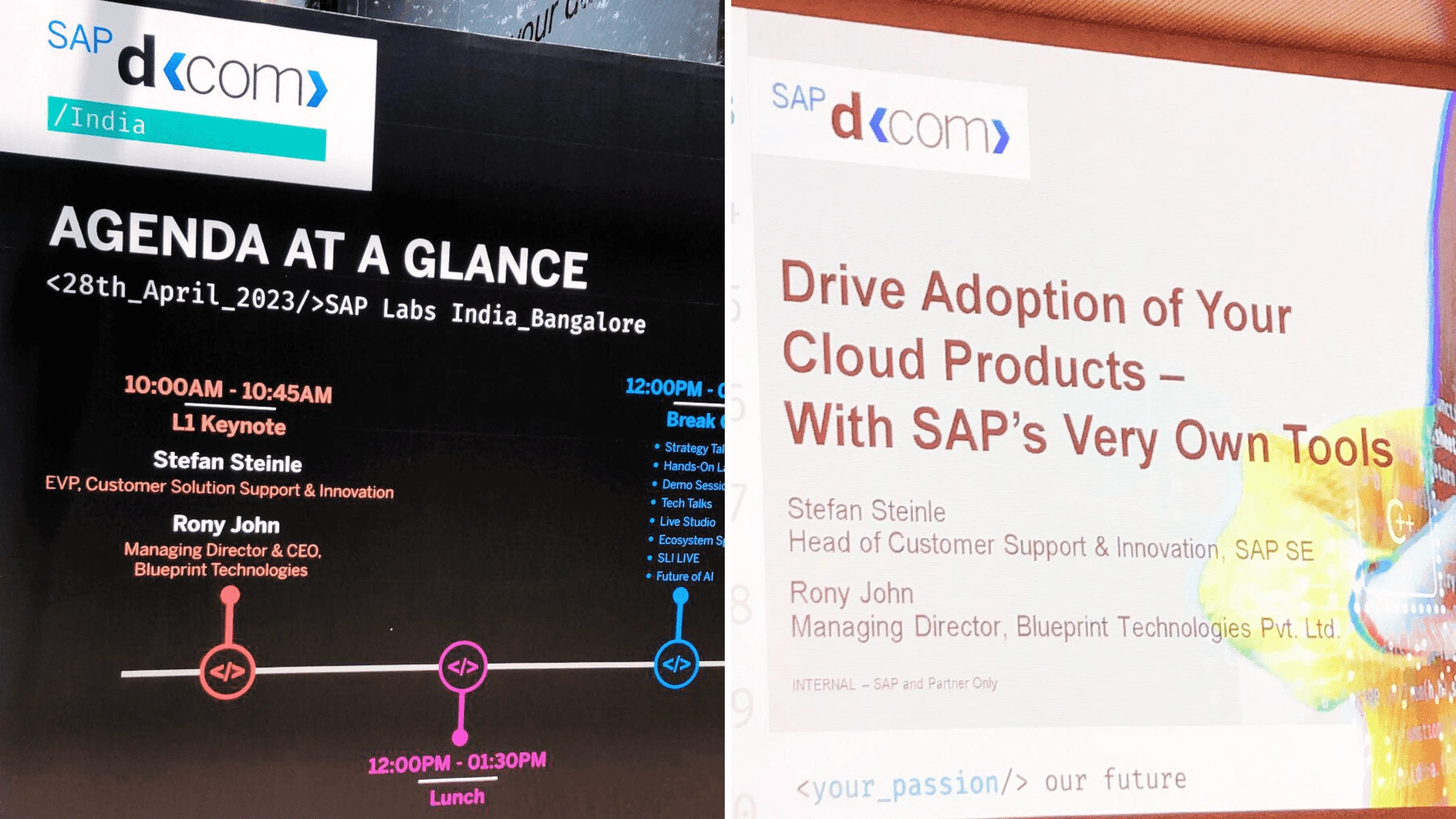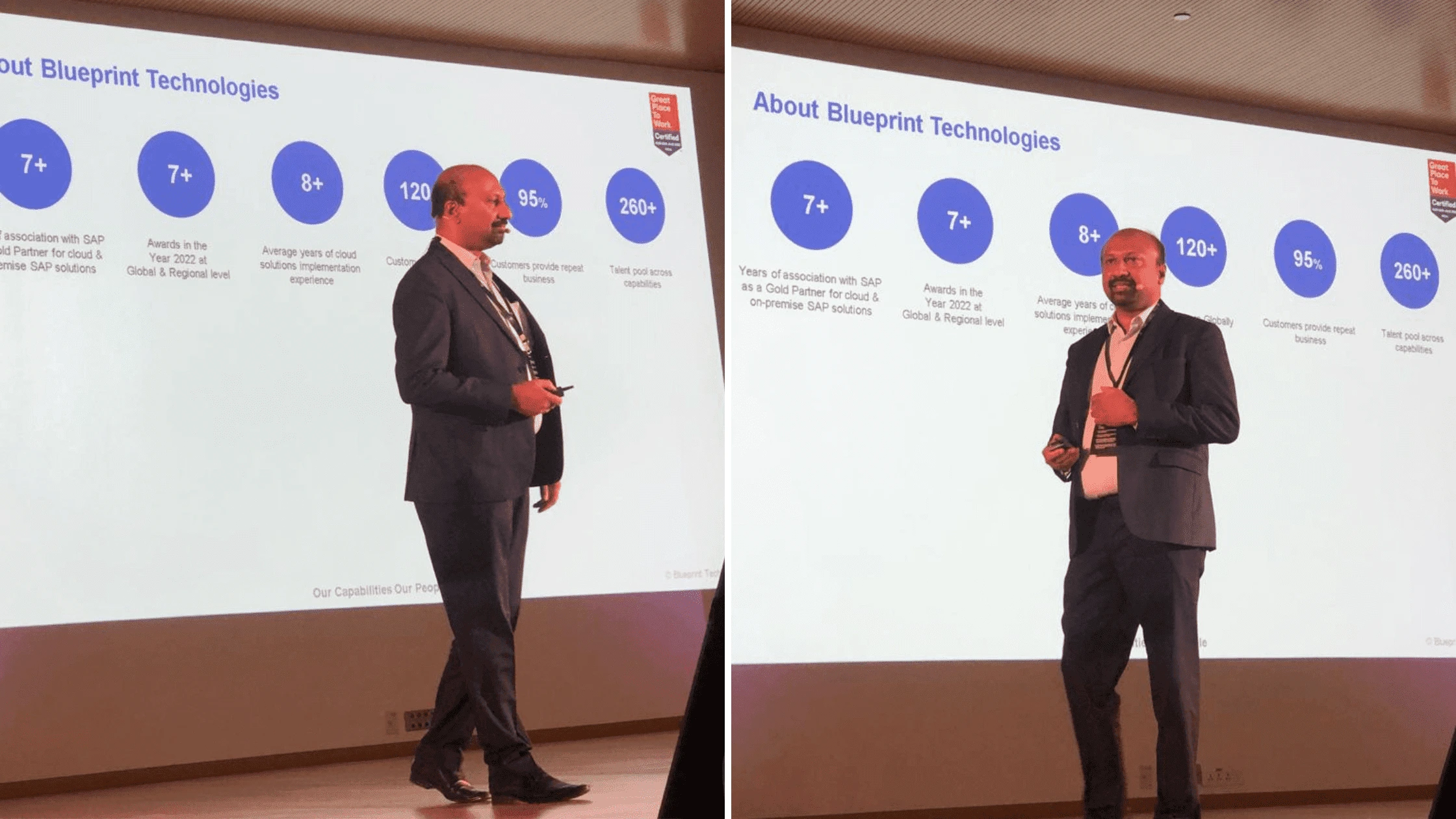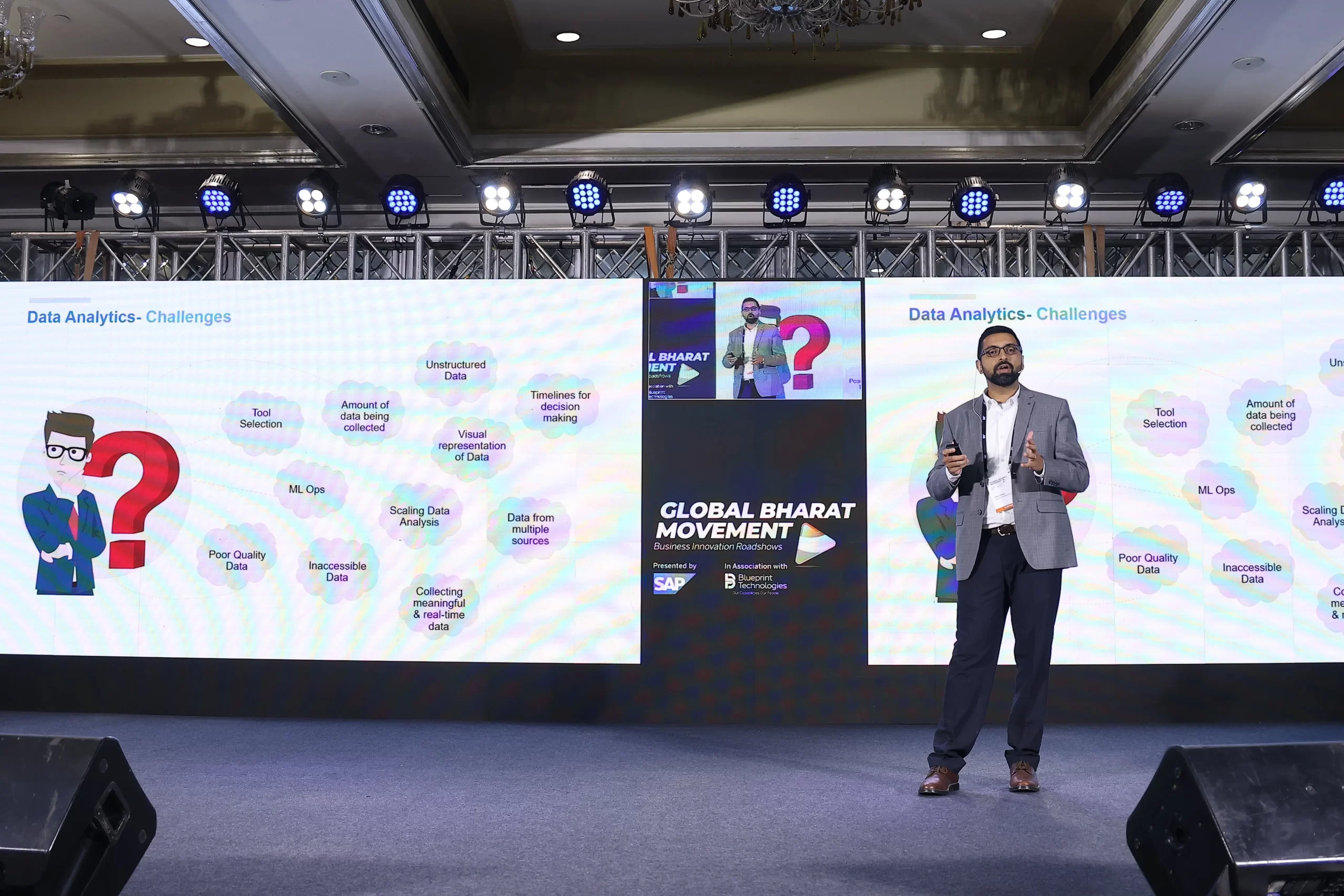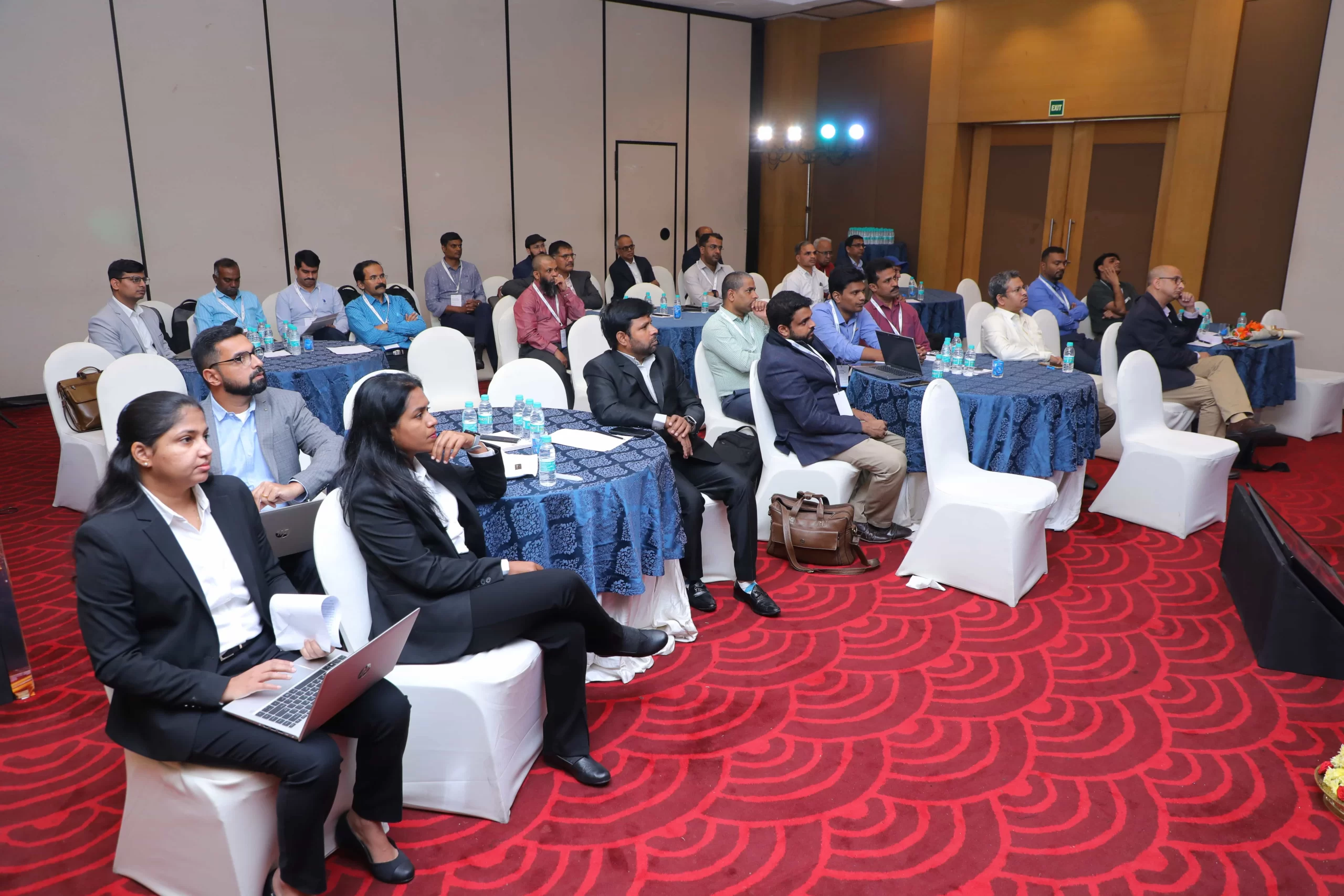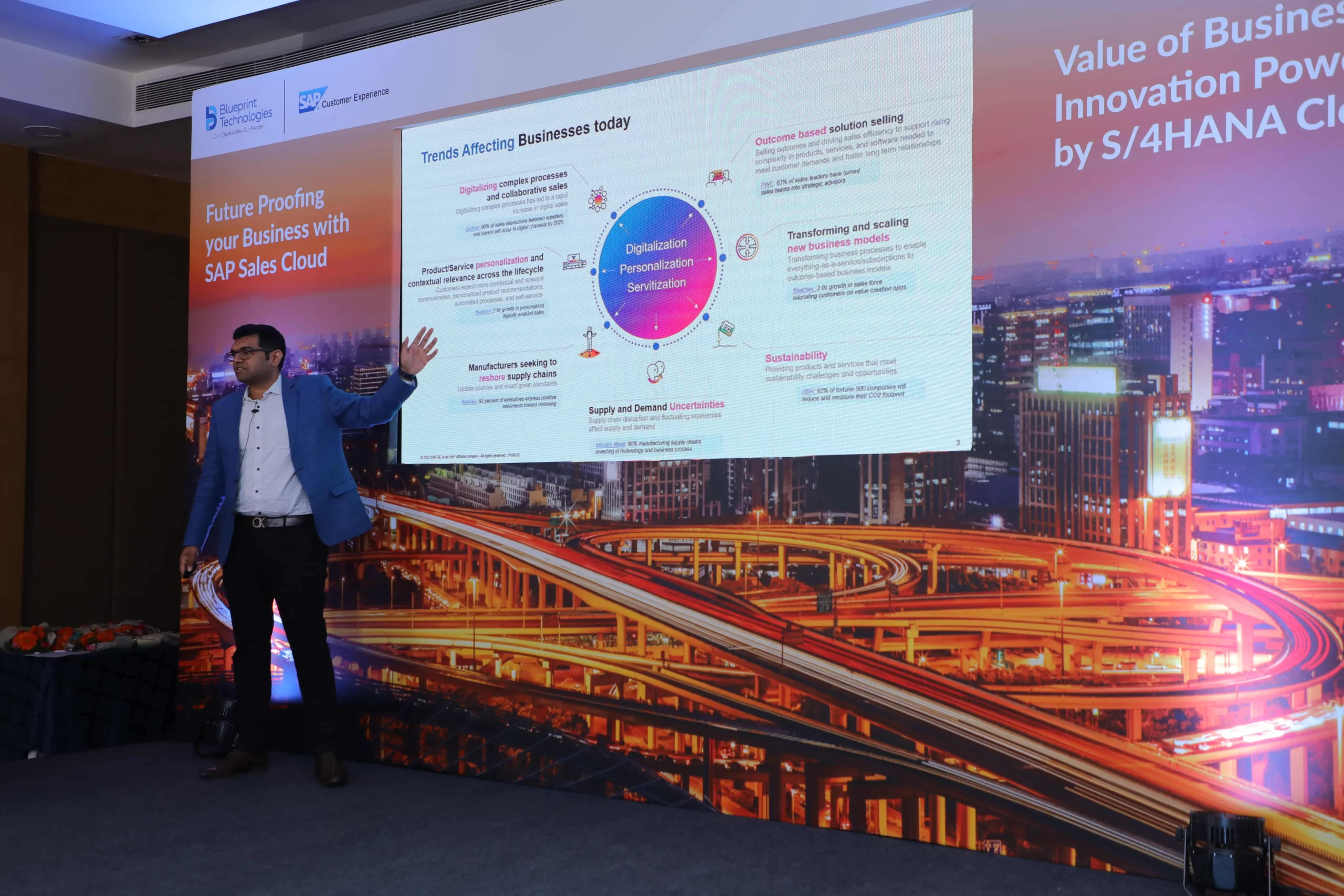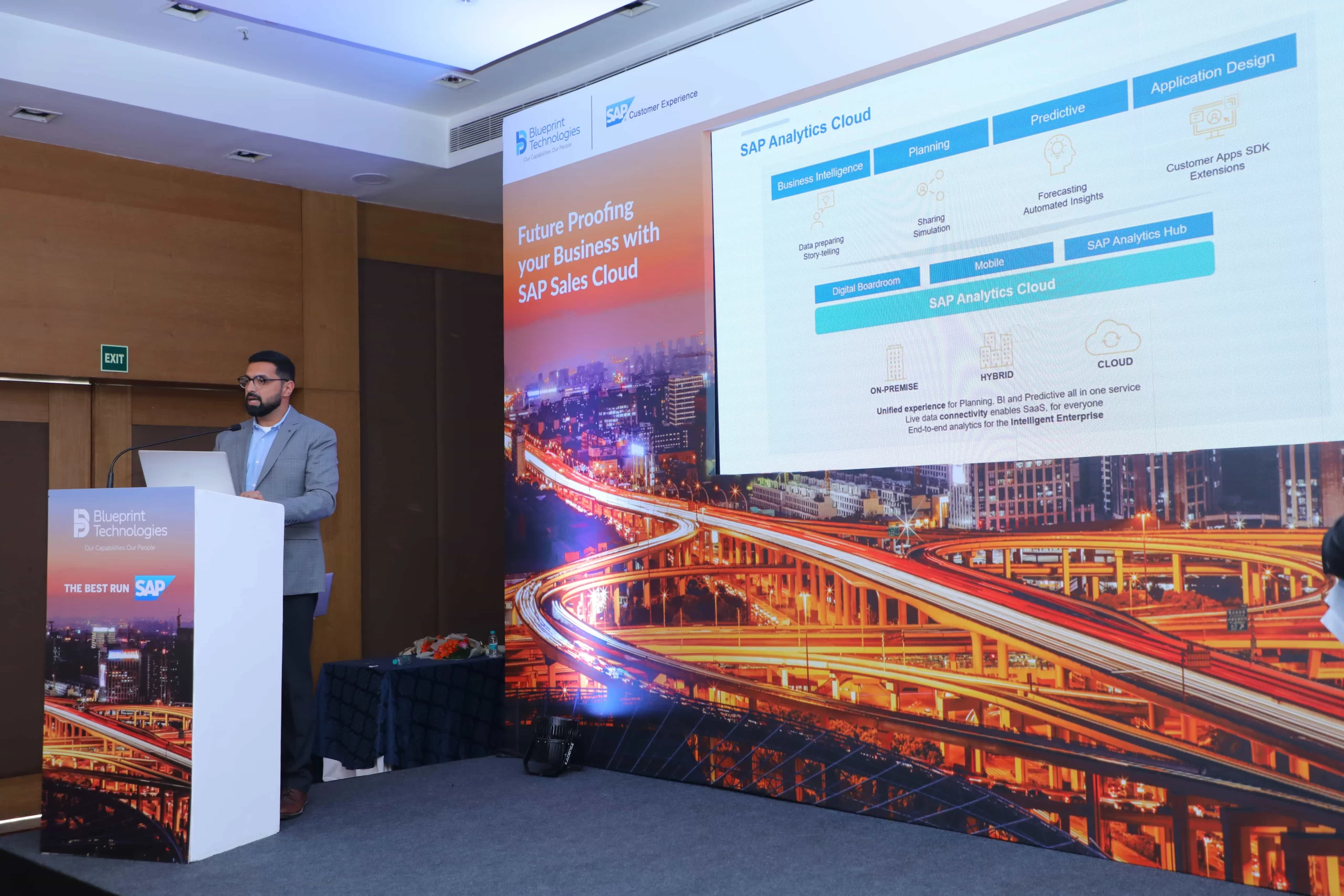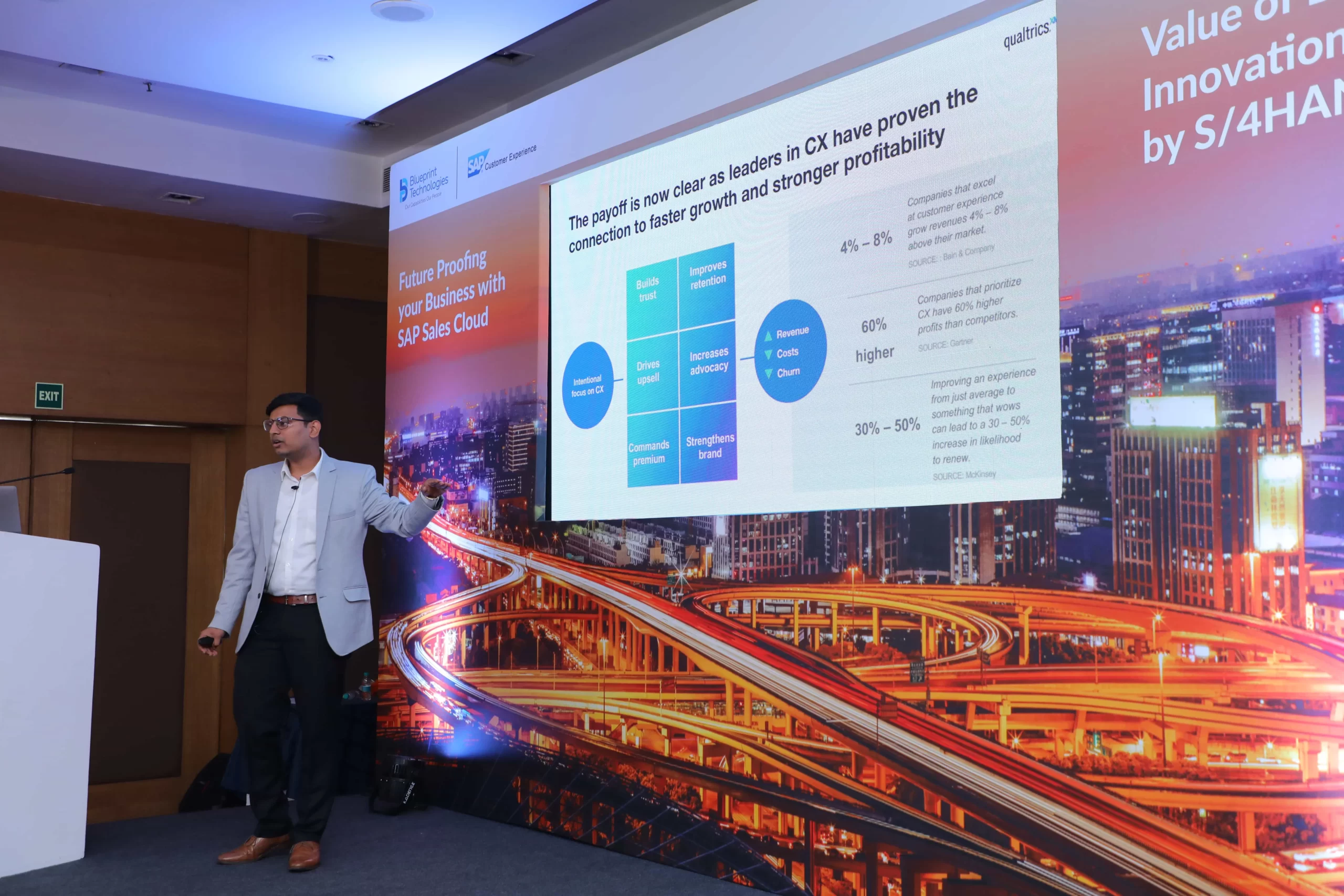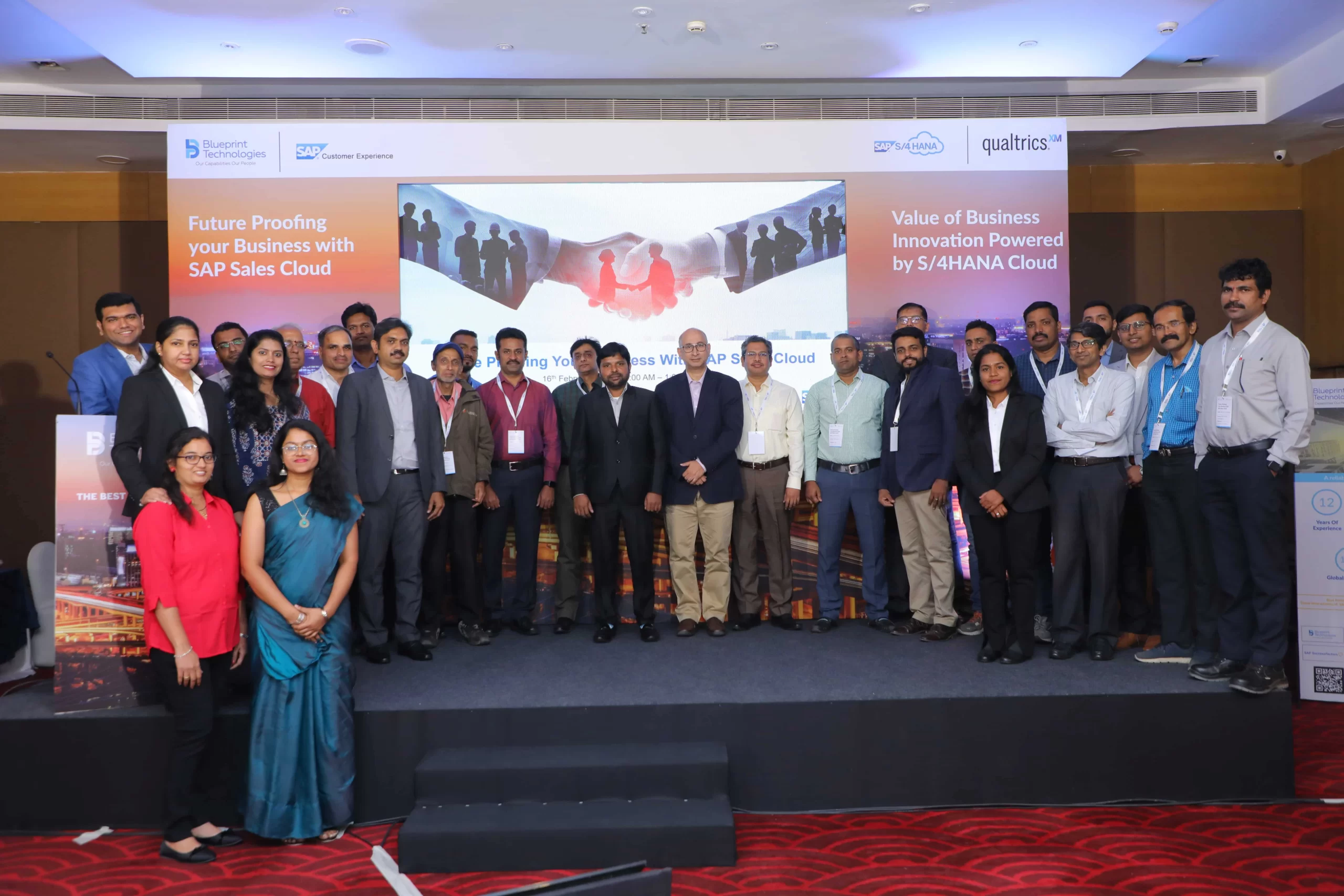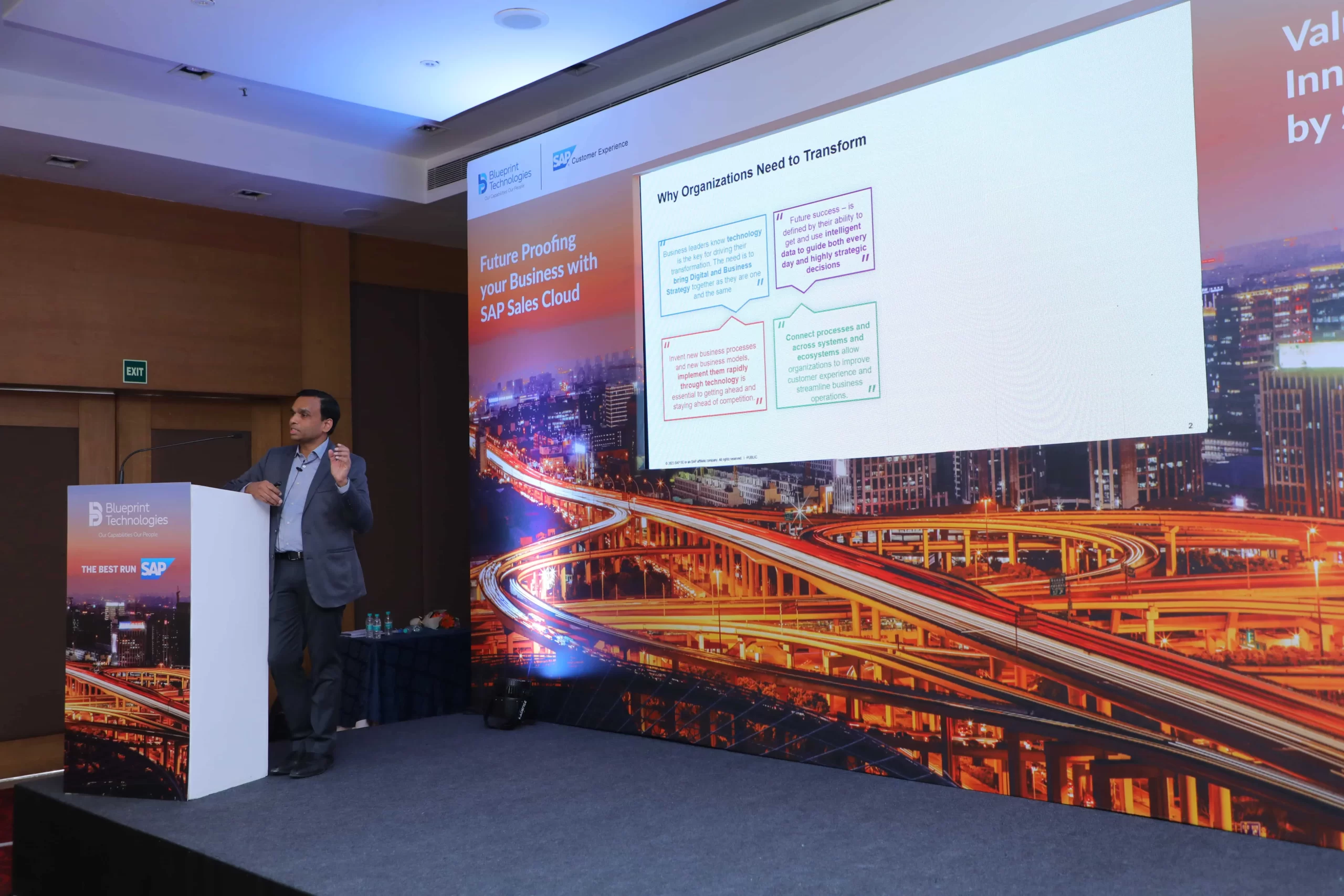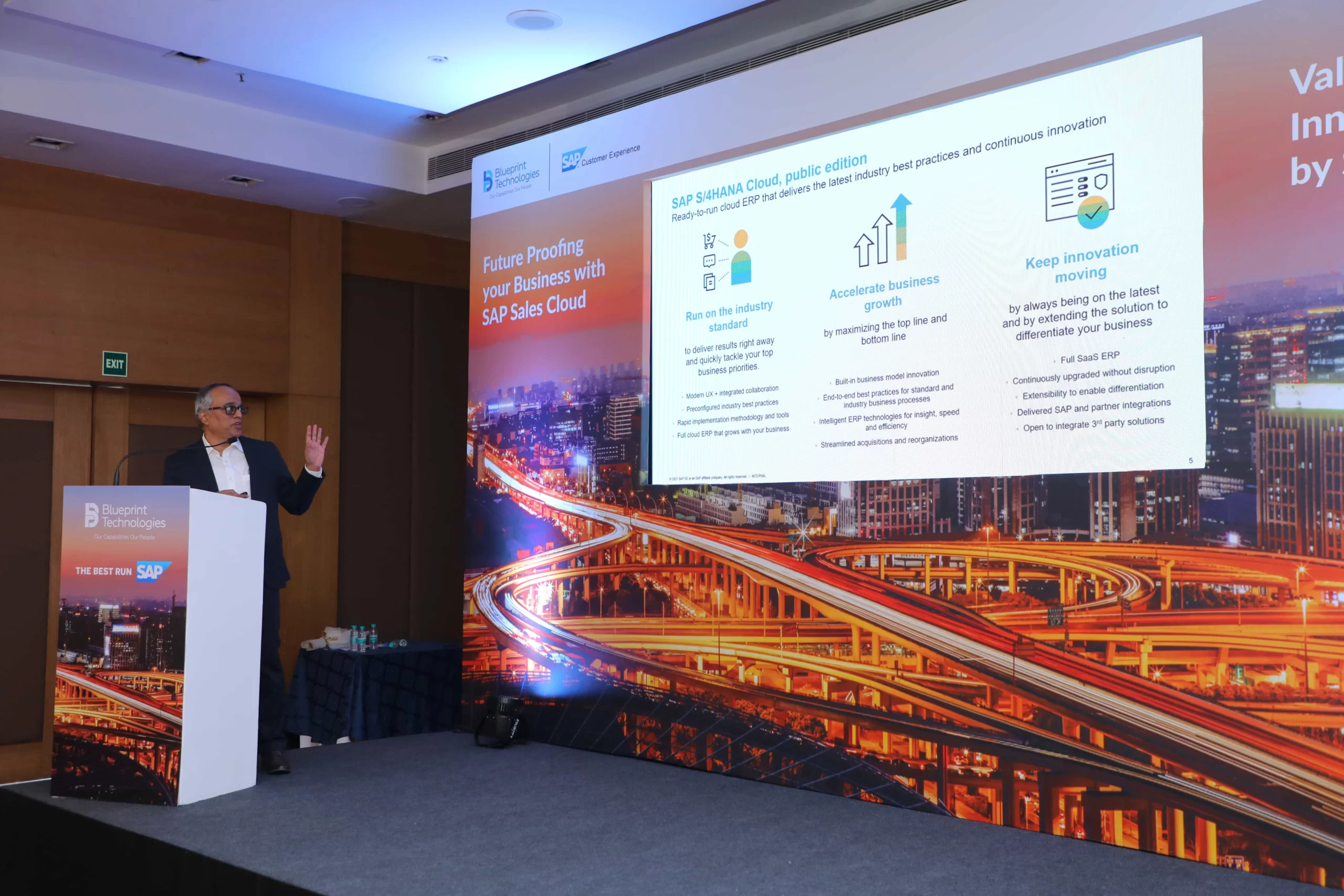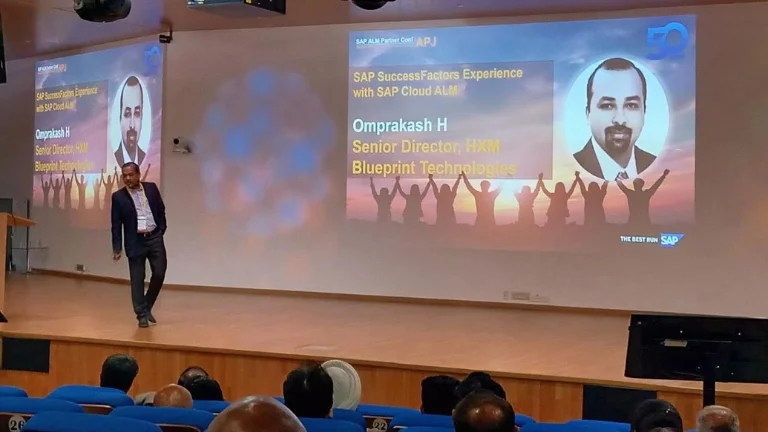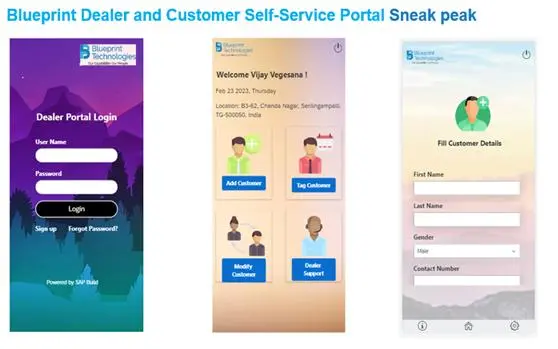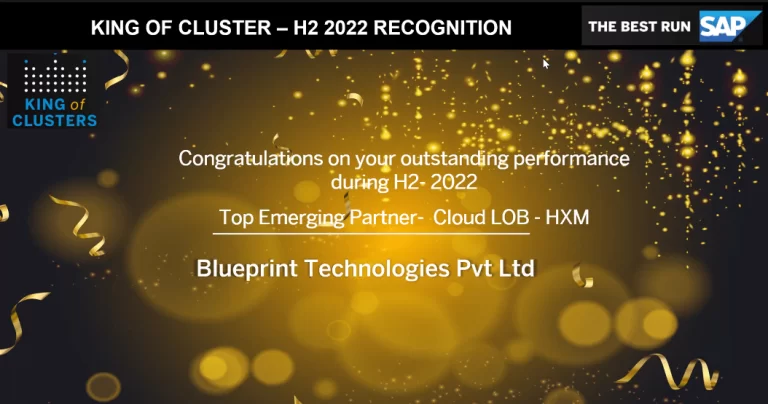A Comprehensive Guide on SAP Cloud Analytics

Introduction
Artificial Intelligence (AI) and Machine Learning (ML) are two of the fastest-growing technologies, impacting business from operational to strategic levels. Although they are interchangeably used, they are fundamentally different with some common elements that are inextricably intertwined.
The integral and most common element of these 2 technologies is data, in particular, the exploration, and optimal utilization of it. Therefore, it is imperative that enterprises consider the right tools to address AI/ML requirements with pragmatic implementation timelines and a robust methodology. The first step for this is to identify use cases in AI/ML. While this can be a lengthy exercise, the following opportunity matrix serves as a simple way to identify use cases.
Looking at the matrix from the point of view of a department head, the quadrants of the matrix translates into the following:
- I know / Others Know – information is available with the dep. head
- I Don’t know / Others Know – information is available with the dep. head
- I know / Others don’t know – This includes all the insights and foresight available to me to make decisions, but not available for the rest of the organization
- I don’t know / Others don’t know – This information is not available within the organization and requires explorative work to be conducted.
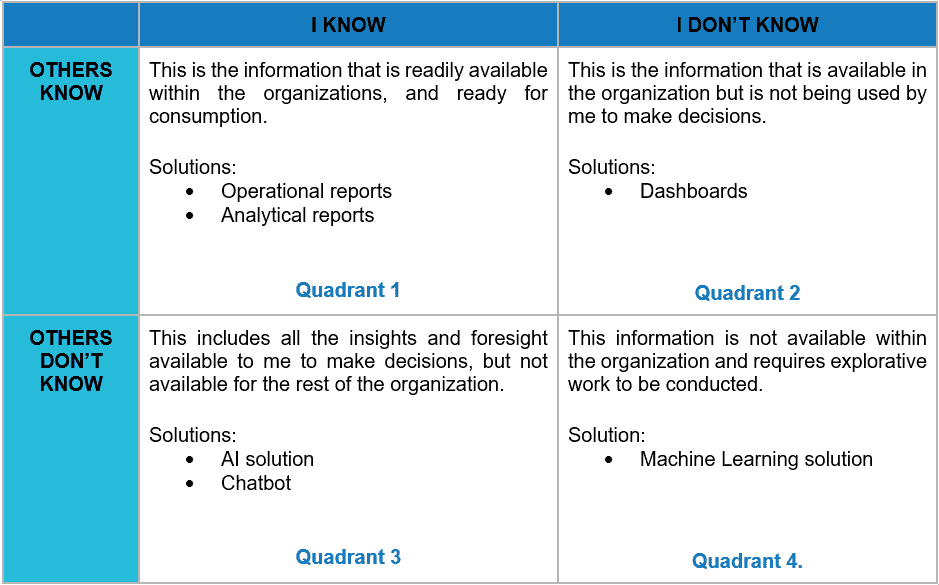
How do Open-Source Technologies like Python enable AI/ML Requests?
Python is one of the most popular programming languages used by developers today owing to its rich set of libraries that can be exploited for different phases of AI/ML projects such as data exploration, engineering, model creation, and testing amongst others.
As depicted in the diagram below, Python is useful in extracting or consolidating data from multiple data sources or disparate data silos. At the same time, it can handle different kinds of data such as structured, unstructured, and semi-structured. In addition, Python provides the flexibility to apply the right algorithms to address requirements from areas like Regression, Classification, Sentiment Analysis, Natural Language Processing (NLP), and Image Analysis. These capabilities make Python a sought-after tool to handle requirements from AI/ML areas
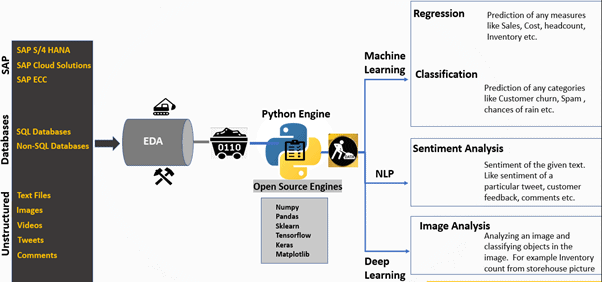
Some of the key features of Python from the AI/ML standpoint are
- Intuitive and readable code
- Rich library ecosystem
- Great Community and popularity
- Platform Independence
To get a much deeper understanding of the potential of Python, let’s study an organizational use case:
Efficient human capital management is indispensable, and organizations strive to retain the right talent and reduce attrition and hiring costs. This presents us with a data science problem statement — “What is the likelihood of a high performing employee leaving the organization?“. Resolving this problem helps organizations eliminate the premature exit of employees.
This problem can be categorized under Supervised Classification. The subsequent action should be to consolidate all necessary data points from a variety of data sources. Pandas library in Python is a great tool for this purpose and Python’s data frames can be leveraged for data engineering and cleansing work. At the end of the Data Exploratory Analysis process, we can obtain the correlation among different variables. We can also plot features by their importance for predicting attrition.
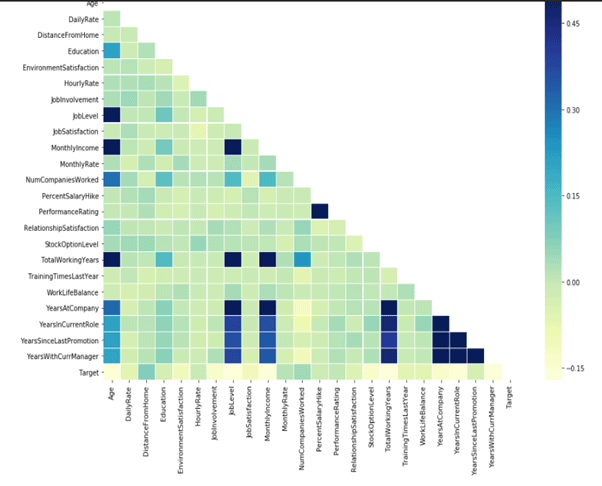
Python’s machine learning libraries can then be used to predict the likelihood of the exit of a particular employee. We can also make use of the confusion matrix to evaluate the accuracy of the model and further optimize the accuracy of the ML model by using different machine learning methods
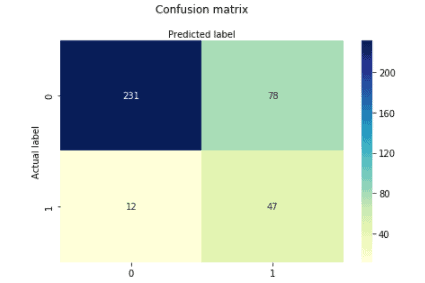
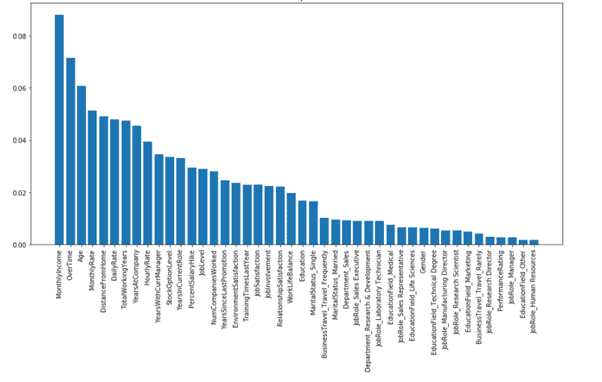
Integrating AI/ML features into SAP
Organizations fall short in seamlessly integrating their AI/ML use cases to the IT landscape. One of the reasons for this failure is the lack of compatibility with existing ERP & analytics solutions.
SAP bridges this gap with SAP Data Intelligence, a unified data management solution that supports AI operations and the data orchestration layer of the SAP business technology platform. SAP Data Intelligence facilitates access to structured, unstructured, and streaming data sources from the cloud, IoT, SAP applications, as well as third-party applications. SAP Data Intelligence also allows organizations to build high-quality production-grade AI / ML solutions and integrate them with other solutions. With Data Intelligence, organizations can consolidate data from disparate systems, apply AI/ML algorithms using open source technologies and output the data/findings to multiple downstream systems
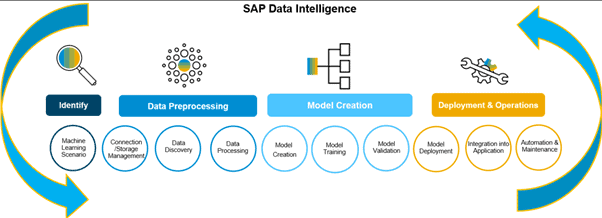
SAP Data Intelligence allows users to generate machine learning models directly within the service or integrate existing models. SAP Data Intelligence also integrates with popular open-source tools like Jupyter Notebooks, R, and Python. The Automated Machine Learning (AutoML) feature on the platform allows data scientists to train and run models with minimal manual intervention, thus making data science work more efficient. AutoML also creates data science pipelines automatically, with templated configurations and workflow automation.
SAP also houses a range of AI applications and services that can be easily integrated into the existing SAP ecosystem. SAP AI Business Services is a unified solution that offers multiple applications and services based on machine learning (ML) and AI. It is designed for citizen data scientists to leverage ML services without prerequisite knowledge of data science. SAP AI Business Services offers common ML and AI capabilities, which can be used across multiple processes by using simple APIs that are readily available for inference and training.
The predictive Scenarios feature in SAP Analytics Cloud is considered to offer a quick start for an organization’s AI/ML Journey. Using this feature enterprises can create Machine learning models in areas of Regression, Classification, and Time-series without prerequisites in data science. Machine learning models can be churned with ease and at pace using Predictive Scenarios. Most importantly this feature has a commendable predictive power and prediction confidence and critical influencers or variables for the model can be identified. The following figure shows the critical influencers in a customer churn machine learning model for telecom industry data.
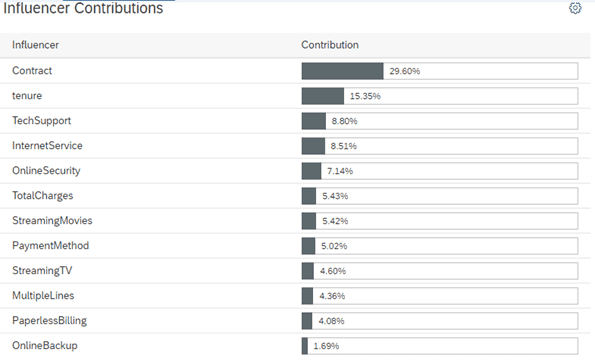
Important metrics related to a classification model can also be analyzed easily using Predictive Scenarios
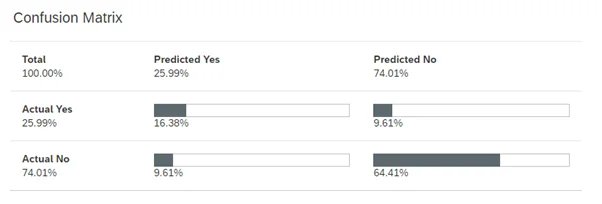
Given below is an output from the employee churn prediction model. As you can see SAC model prediction is very close to the actual numbers
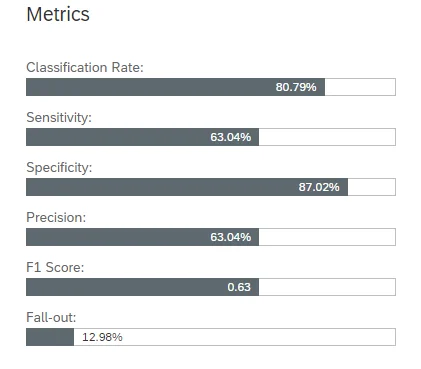
Conclusion
Enterprises embarking on their AI/ML initiative should begin by evaluating ML solutions with a business problem for there isn’t a solution yet. During the exploratory phase, enterprises tend to generate several descriptive insights which may require major change management initiatives and management support to make it a successful initiative. The most important thing is to integrate machine learning models into the decision-making processes of the organization. The descriptive analytics phase itself helps organizations to uncover hidden patterns, trends, and insights in their own data.
SAP provides a comprehensive ecosystem for building and deploying AI services in the enterprise. SAP’s data analytics platform has been designed to best suit mid and large-scale businesses. The intuitive UI and native language functionality allow citizen users to adapt to AI/ML technologies with pace.
SAP’s integrated analytics and AI solutions enable organizations to automate processes and augment efficiencies through AI/ML services and deploy them into any business process. Enterprises can manage diverse types of data at every stage of the AI lifecycle and process any type of data from any source with SAP’s robust and dynamic cloud integration. SAP’s suite of intelligent applications enhances customer experience while optimizing business processes and making artificial intelligence easily accessible throughout the enterprise.
Additionally, SAP assists organizations with monitoring, support, and deployment of ML models on ongoing operations which can also be tailored to specific organizational use cases. Backed by the SAP HANA database, enterprises can manage data at each stage of the AI lifecycle as well as store, process, and access data from multiple sources across the enterprise.
















